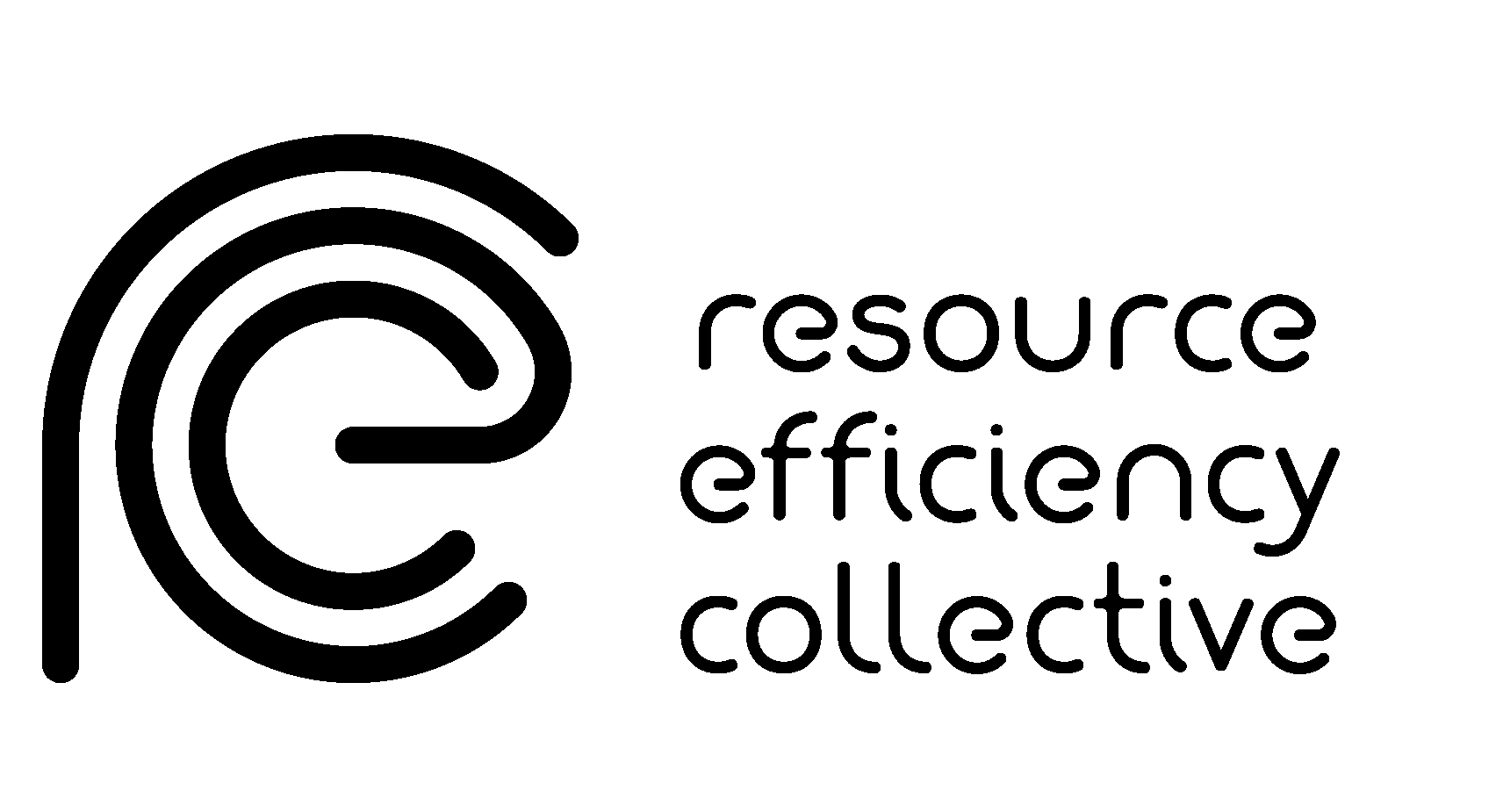International Women’s Day: Women in Engineering
The history of engineering is full of the accomplishments of men. This is not surprising given that women have been systematically excluded from science, technology, engineering, and maths (STEM) throughout history. Various reasons for exclusion have ranged from false scientific claims: female brains are not as complex, analytical, or logical as male brains [1]; to ridiculous stereotypes: women don’t like to get dirty or work in a noisy environment (an unfortunate quote about engineering from a relative of mine); to the impact of gender image on school subjects, which is still unbridled in our country today [2].
Sadly, at the age of just 11 years, only 46% of young girls would consider a career in engineering compared to over 70% of boys [3]. What has happened by the start of secondary school to convince so many young children that STEM is for boys? I point you to Makarova et al., 2019 for some discussion on this matter.
It is quite remarkable then that women, despite all the odds stacked against them, made countless findings that are crucial to our understanding of STEM today. In the field of energy (the author’s field), our understanding rests on the pillar of conservation of energy. This law was first proposed and tested by Émilie du Châtelet in the mid-1700s, building on Newton’s laws of conservation of momentum [4].
Du Châtelet faced the problems and stereotypes that, unfortunately, still occur in academia in the UK today. She battled to have her ideas heard: struggling between asserting herself and not alienating her male counterparts with ‘masculine’ traits such as self-confidence in her intelligence, whilst also attempting to “feminise the practice of science” for the success of women in generations to come [5].
Although over the last 60 years barriers to women in STEM have reduced significantly, the uptake of women in these subjects at university is not even close to parity with their male counterparts. I must say, some excellent progress in STEM has been made. In the UK, the proportion of women entering undergraduate courses in STEM subjects increased from 33.6% to 41.4% between 2011 and 2021 (Dept. for Education, UK Government 2021).
However, this increase has come about in spite of the poor performance of engineering – the proportion of women in engineering undergraduate degrees has stayed constant at 15% over the past 7 years [6]. Furthermore, the UK has one of the smallest proportions of female professional engineers in the world at only 12%, compared to, for example, Oman and Malaysia at 50% [7]. These countries have been actively encouraging young girls to take up STEM subjects for the past few decades to make their engineering sector as successful as possible. In 2013 Vince Cable, the UK Secretary for State Business at the time, stated:
“Unless we break that psychological barrier, we will have enormous problems for years to come. […] Half of all state schools don’t have a single girl doing physics. We are only tapping half the population.” [8]
The UK government was aware of this major short-falling and resource mismanagement, and yet still the problem persists 9 years later with only a 1.5% increase in the proportion of girls in physics at A level from 2012 to 2019 [9].
The Engineering Department (CUED) has the third-lowest proportion of female undergraduates at the University of Cambridge at 26.3% (Undergraduate admissions stats 2020). However, this does rise to 29.9% for graduate students (Postgraduate admissions stats 2020). To improve, changes must be made throughout the British school system and by universities to encourage young women to apply to STEM degrees and apprenticeships. As we celebrate International Women’s Day 2022 I hope that the success and presence of female engineers in this department and beyond grow, as we tap into the resource of brilliant young female minds in the future.
[1] L. Eliot, “Bad science and the unisex brain,” Nature, vol. 566, no. 28, pp. 453–455, 2019.
[2] E. Makarova, B. Aeschlimann, and W. Herzog, “The Gender Gap in STEM Fields: The Impact of the Gender Stereotype of Math and Science on Secondary Students’ Career Aspirations,” Front. Educ., vol. 4, p. 60, Jul. 2019, doi: 10.3389/FEDUC.2019.00060/BIBTEX.
[3] L. A. Senior et al., “Engineering UK 2020 Educational pathways into engineering Amanda Dickins Head of Impact and Development, STEM Learning.”
[4] R. Hagengruber, Ed., “Emilie du Châtelet between Leibniz and Newton,” vol. 205, 2012, doi: 10.1007/978-94-007-2093-0.
[5] M. Terrall, “Emilie du Châtelet and the gendering of science,” Hist. Sci., vol. 33, no. 101, pp. 283–310, 1995, doi: 10.1177/007327539503300302.
[6] “Whitepaper Download 2019 – 2021 – STEM Women.” https://www.stemwomen.com/whitepaper-download-2019-2021 (accessed Mar. 07, 2022).
[7] D. Benady, “The global lessons the UK can learn about the engineering gender divide,” The Guardian, 2020. https://www.theguardian.com/careers/2020/jul/07/the-global-lessons-the-uk-can-learn-about-the-engineering-gender-divide (accessed Mar. 07, 2022).
[8] J. Kiss, “Vince Cable says UK economy hampered by lack of female engineers,” Economic Policy, The Guardian, 2013. https://www.theguardian.com/politics/2013/nov/04/vince-cable-uk-economy-female-engineers (accessed Mar. 07, 2022).
[9] Pepsico and Rolls Royce, “Facts and Stats: Women in engineering,” London, Oct. 2019. Accessed: Mar. 07, 2022. [Online]. Available: https://www.ncub.co.uk/wp-content/uploads/2019/11/Talent-2030-A3-Dashboard-Poster-Oct-19-WEB.pdf.
Photo credit: ThisisEngineering RAEng













